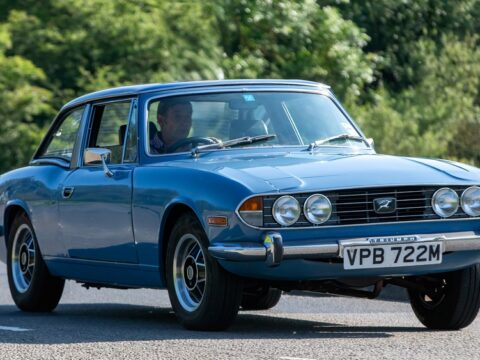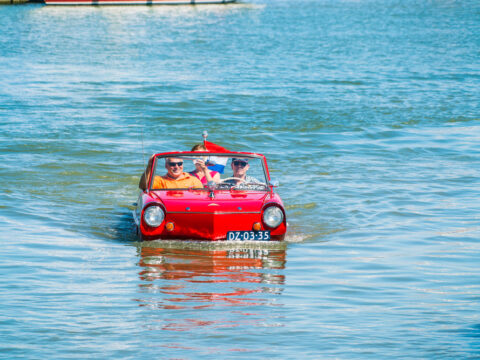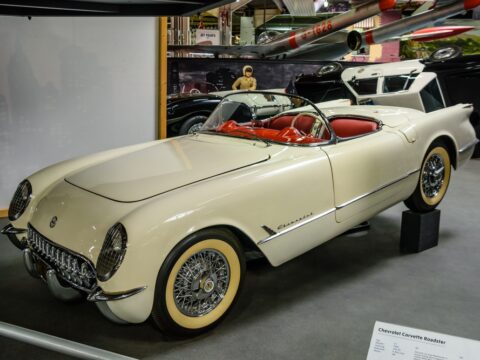Speed has been a key factor in some of the most groundbreaking space missions, allowing spacecraft to travel vast distances and gather crucial data. Whether it’s racing toward the Sun or journeying to the far edges of the solar system, these missions have set new speed records in the process. Here’s a look at 14 space missions that not only pushed the limits of speed but also expanded our knowledge of the cosmos.
Contents
Parker Solar Probe (2018)
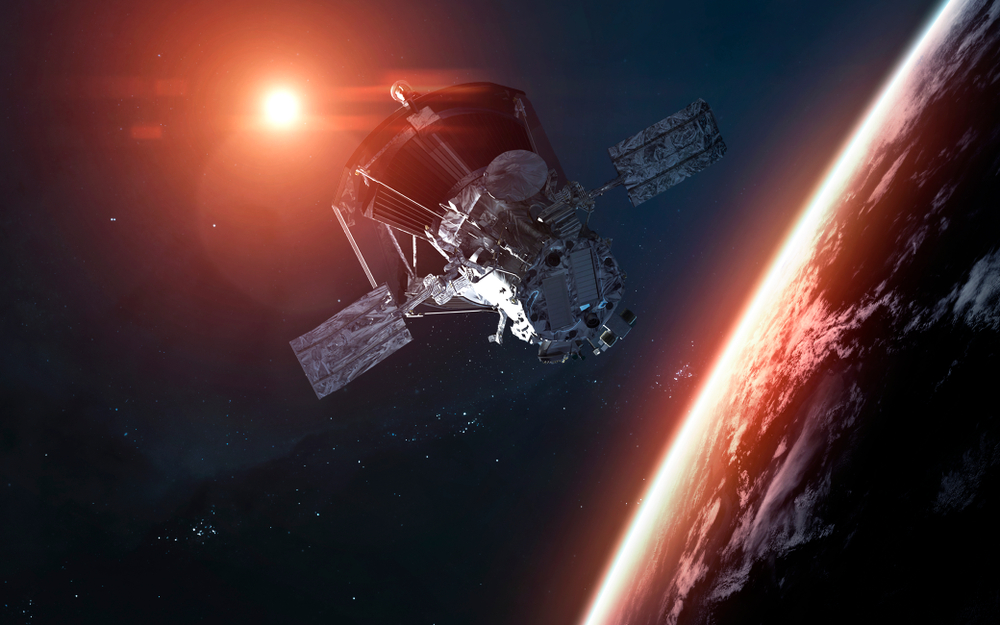
The Parker Solar Probe holds the record as the fastest human-made object, achieving speeds of over 430,000 miles per hour (700,000 kilometers per hour). This NASA mission was designed to study the Sun’s outer atmosphere, the corona, and has been approaching the Sun closer than any spacecraft before. Its incredible speed is due to the Sun’s massive gravitational pull. With each successive orbit, the probe breaks its own speed records as it spirals closer to the Sun.
New Horizons (2006)
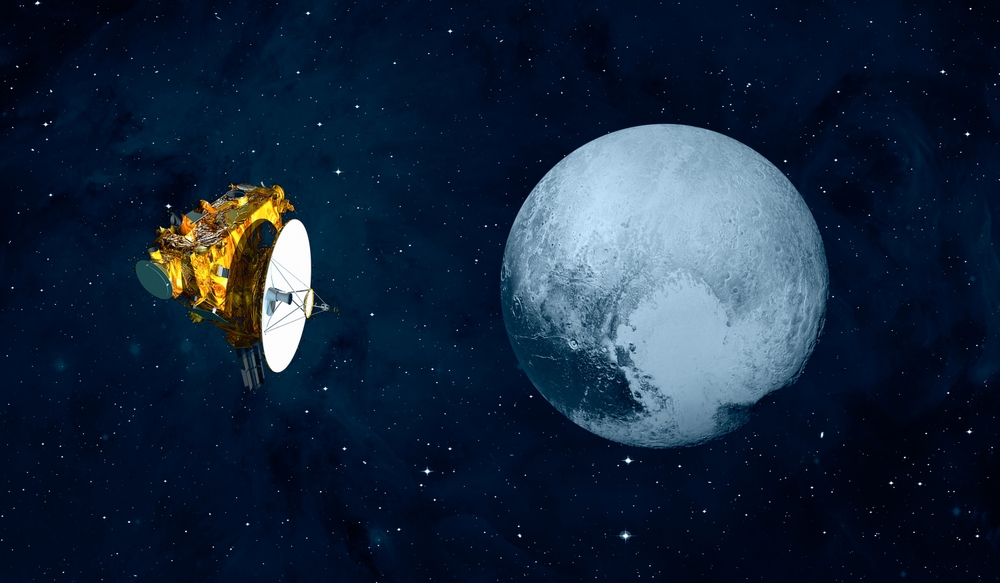
Launched to explore Pluto and the Kuiper Belt, New Horizons became the fastest spacecraft at launch, reaching 36,373 miles per hour (58,536 kilometers per hour). Its mission culminated in a historic flyby of Pluto in 2015, where it sent back detailed images and data. New Horizons continues to travel deeper into the outer reaches of the solar system. The spacecraft’s speed was essential for traversing vast distances in a relatively short time frame.
Apollo 10 (1969)
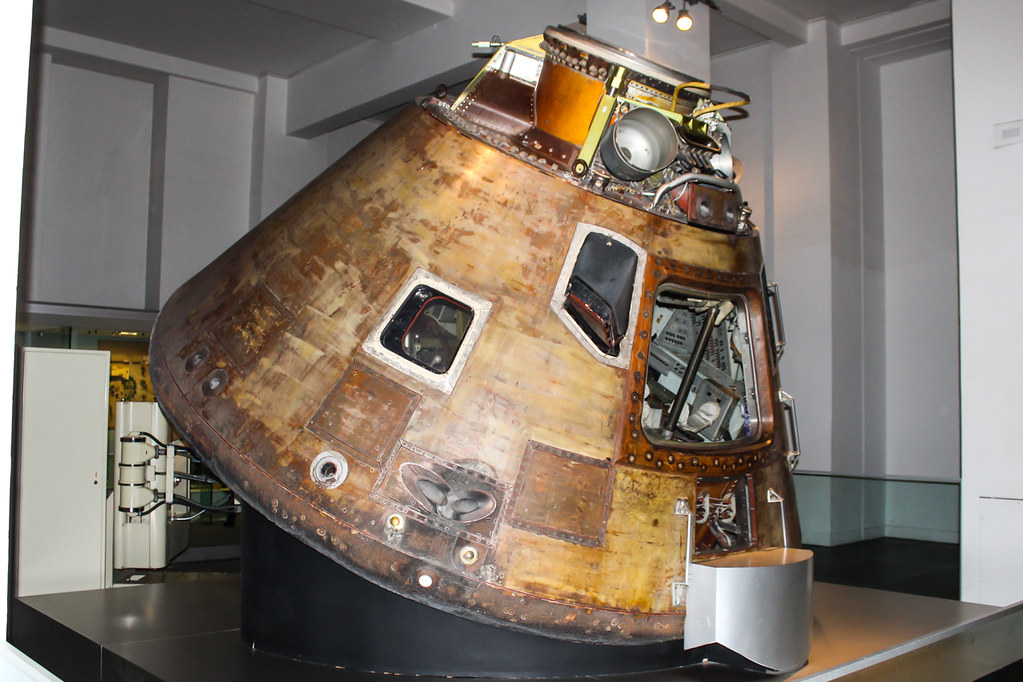
During its return to Earth, Apollo 10 reached an impressive speed of 24,791 miles per hour (39,897 kilometers per hour), making it the fastest manned spacecraft in history. This mission was a full dress rehearsal for Apollo 11, testing all stages of the Moon landing except the final descent. The crew orbited the Moon, getting within a few miles of the surface, and returned safely to Earth at breakneck speed. Its high velocity was essential to ensure a safe reentry.
Juno (2011)

Juno’s mission to study Jupiter led it to reach a top speed of 165,000 miles per hour (265,000 kilometers per hour), thanks to a gravity assist from Earth. Its journey to the gas giant took just five years, and the spacecraft is currently in a highly elliptical orbit around Jupiter. Juno’s high speed allows it to dive close to the planet, capturing detailed data about its atmosphere and magnetic field. The mission has transformed our understanding of Jupiter.
Voyager 1 (1977)
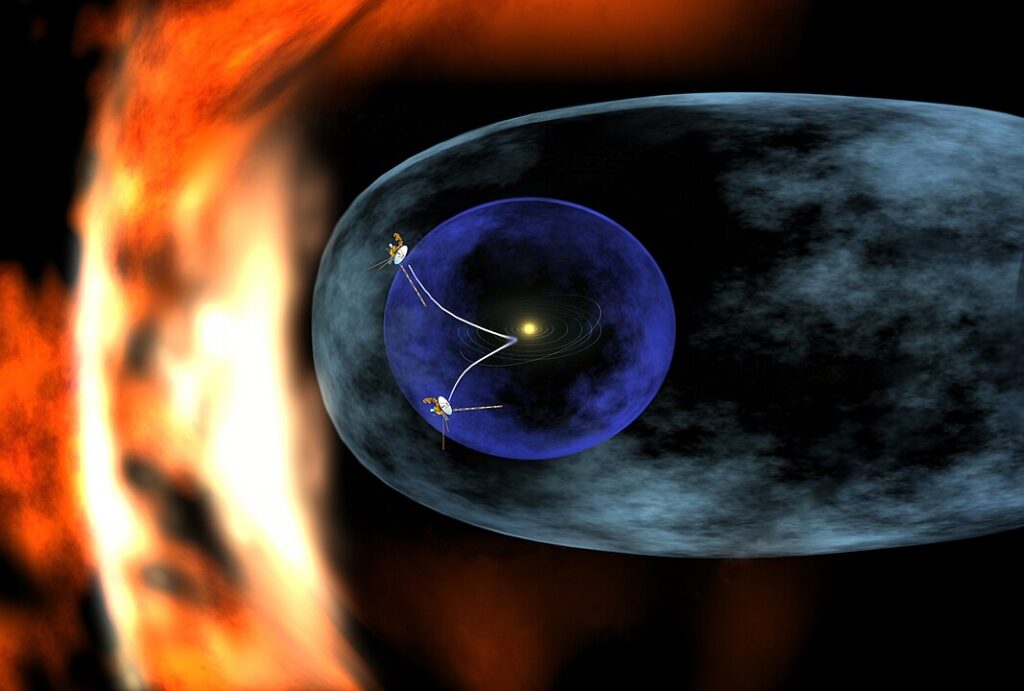
Voyager 1, now the farthest human-made object from Earth, achieved speeds exceeding 38,000 miles per hour (61,000 kilometers per hour) as it journeyed through the solar system. Initially launched to study Jupiter and Saturn, the spacecraft has since ventured into interstellar space, continuing to send valuable data. Voyager 1’s speed and longevity have made it a cornerstone of space exploration.
Mariner 10 (1973)
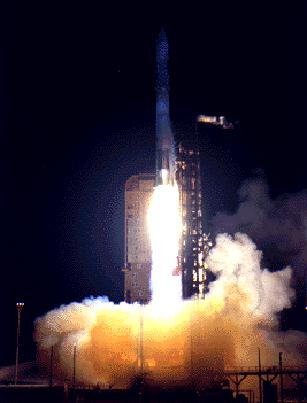
Mariner 10 became the first spacecraft to use a gravity assist, allowing it to reach an impressive speed of 125,000 miles per hour (201,168 kilometers per hour). The NASA mission was the first to explore both Venus and Mercury, providing groundbreaking data on the two planets. Mariner 10’s speed enabled it to complete multiple flybys of Mercury, capturing the first close-up images of the planet. This mission set the stage for future interplanetary exploration.
Galileo (1989)

On its journey to study Jupiter, NASA’s Galileo spacecraft reached a speed of 106,000 miles per hour (171,000 kilometers per hour). The spacecraft used gravity assists from both Venus and Earth to gain the speed necessary for its long journey. Galileo’s mission led to several major discoveries, including evidence of an ocean beneath Europa’s ice and volcanic activity on Io. Its high velocity was crucial for reaching Jupiter and successfully conducting its studies.
Pioneer 10 (1972)

Pioneer 10 became the first spacecraft to travel through the asteroid belt and fly by Jupiter, reaching speeds of 82,000 miles per hour (132,000 kilometers per hour). It provided the first direct observations of Jupiter, revealing valuable details about the planet’s atmosphere and magnetic field. The spacecraft’s high speed allowed it to escape Jupiter’s strong gravitational pull, sending it into the farthest reaches of the solar system. Pioneer 10’s mission helped pave the way for future deep space exploration.
BepiColombo (2018)
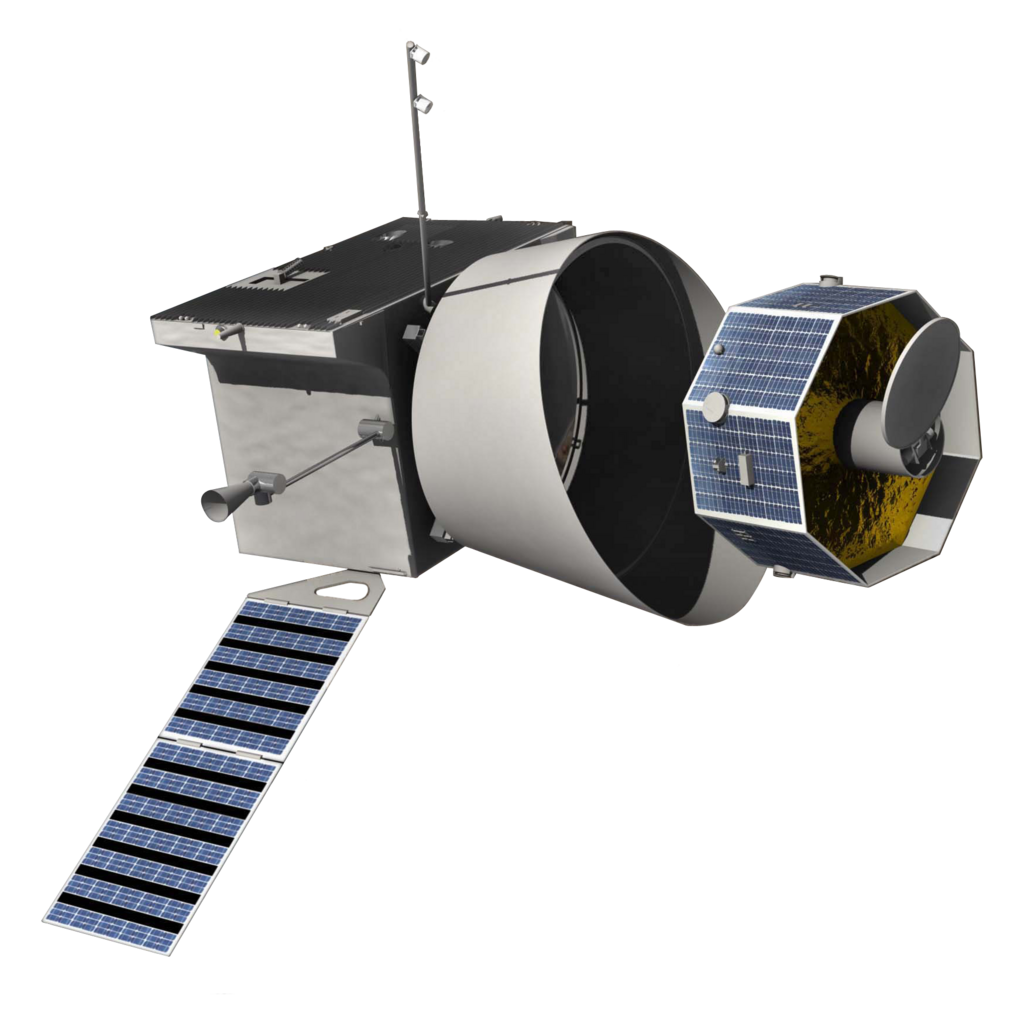
BepiColombo, a joint mission by ESA and JAXA, set speed records as it journeyed to study Mercury, the solar system’s innermost planet. The spacecraft reached speeds of 150,000 miles per hour (241,000 kilometers per hour), using gravity assists from Earth and Venus to accelerate. BepiColombo is expected to provide unprecedented data on Mercury’s surface and magnetic field. Its high-speed journey will allow it to survive the intense conditions near the Sun.
Apollo 8 (1968)
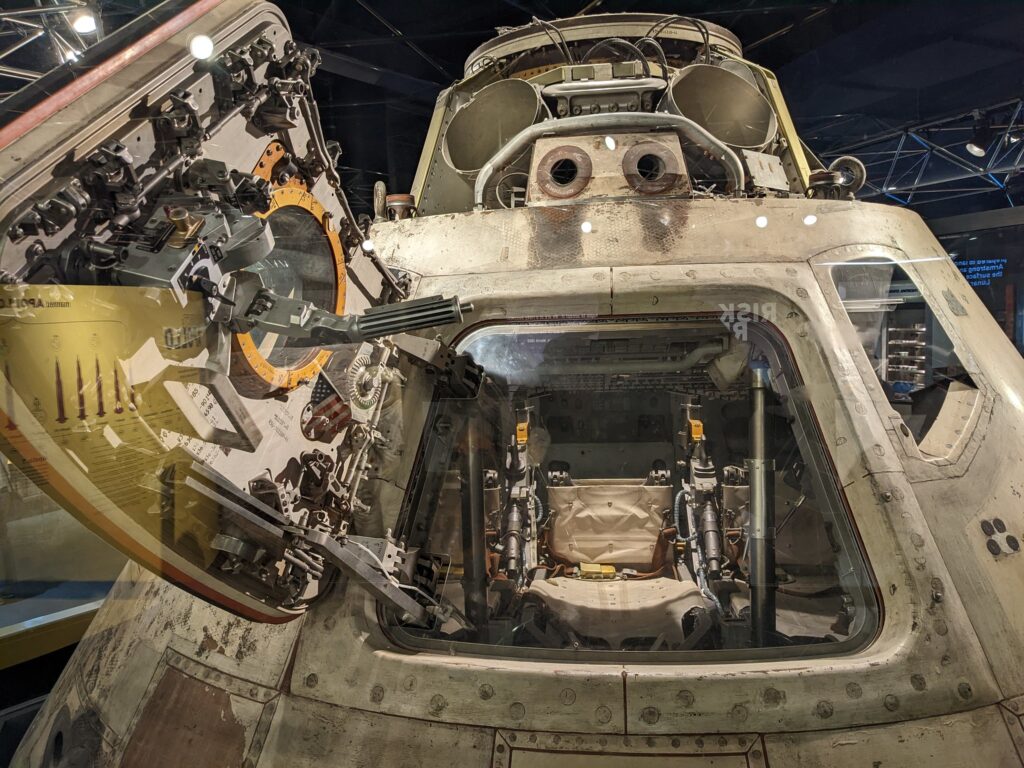
As the first manned mission to orbit the Moon, Apollo 8 reached 24,200 miles per hour (38,900 kilometers per hour) on its return to Earth. This mission demonstrated that humans could safely travel to and from the Moon, making it a key milestone in space exploration. Apollo 8’s high-speed reentry was essential for the astronauts’ safe return. The success of this mission paved the way for the historic Moon landing of Apollo 11.
Solar and Heliospheric Observatory (SOHO) (1995)
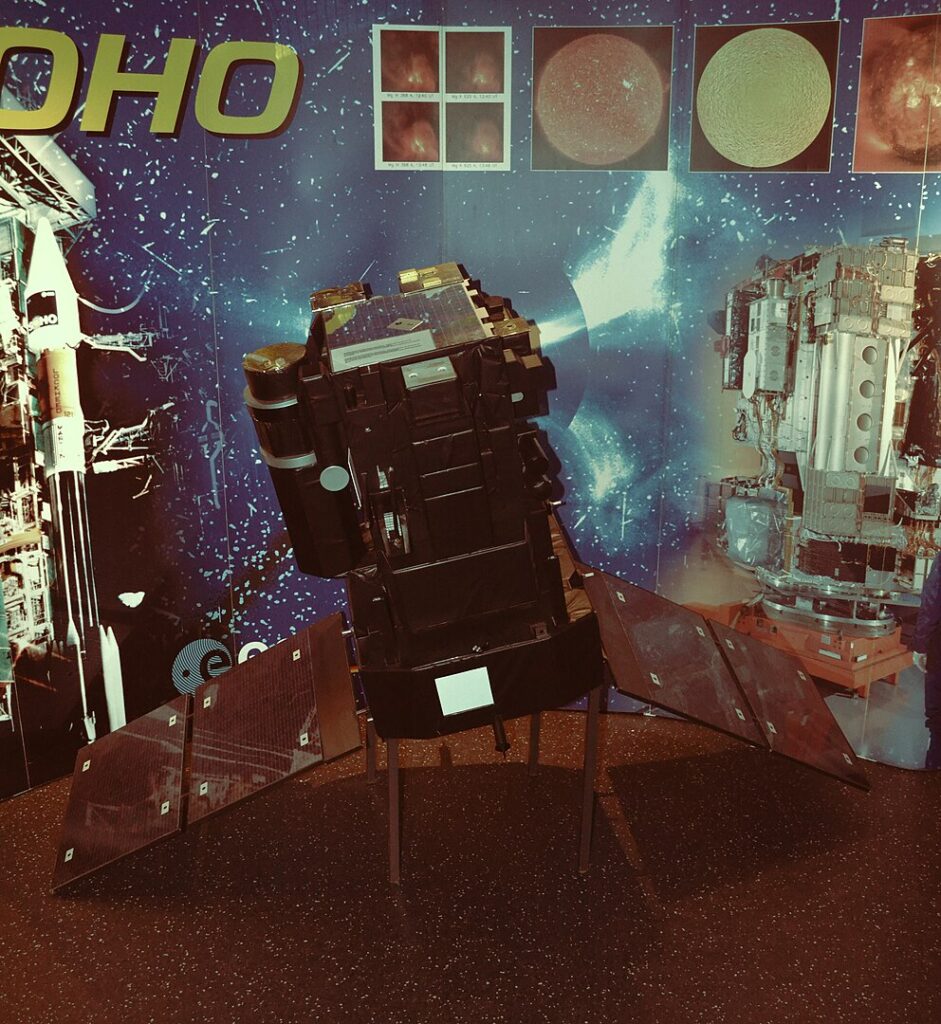
SOHO, a joint NASA and ESA mission, reached speeds of 186,000 miles per hour (300,000 kilometers per hour) while observing the Sun. Positioned between Earth and the Sun, SOHO has been instrumental in monitoring solar activity and predicting space weather. Its speed allows it to maintain a stable position, continuously gathering data on solar flares and coronal mass ejections.
Hayabusa2 (2014)
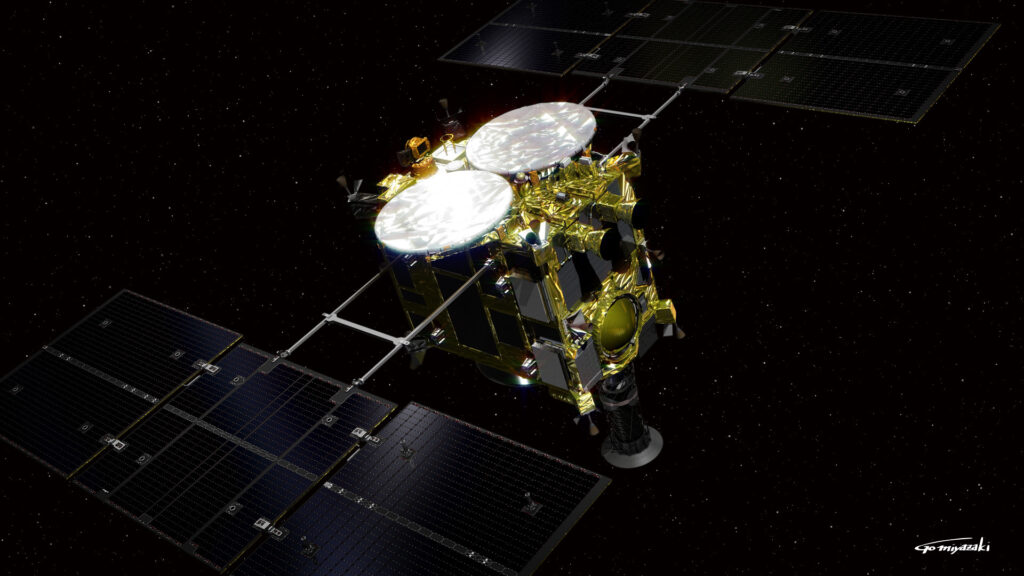
Japan’s Hayabusa2 mission reached speeds of around 56,000 miles per hour (90,000 kilometers per hour) during its journey to asteroid Ryugu. The spacecraft successfully collected samples from the asteroid and returned them to Earth in 2020. Its speed allowed it to travel to the asteroid, land, and then make the long journey back to Earth. The mission provided valuable insights into the composition of asteroids and the formation of the solar system.
Cassini-Huygens (1997)
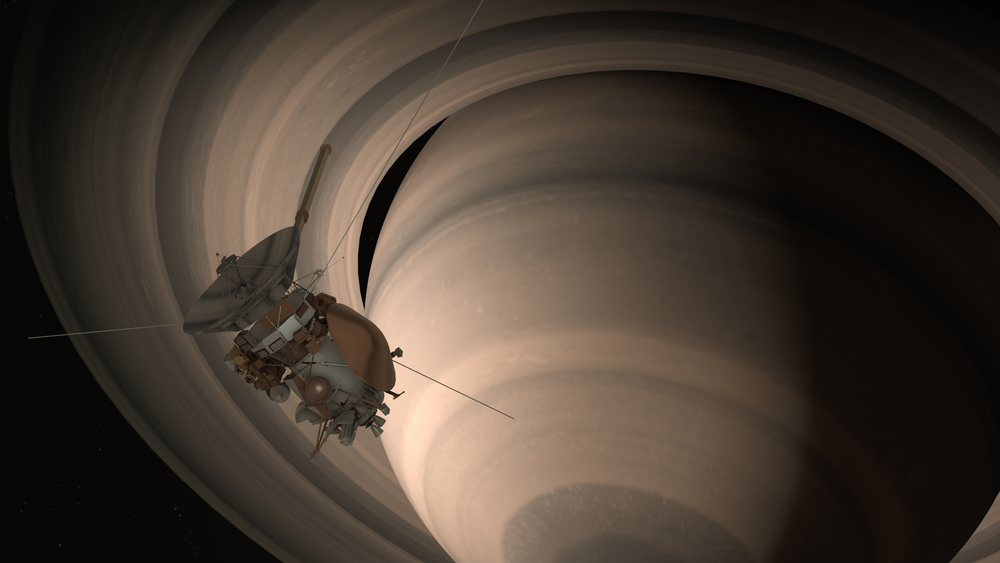
Cassini-Huygens, a joint mission between NASA, ESA, and ASI, reached speeds of 70,700 miles per hour (113,800 kilometers per hour) after using multiple gravity assists. Cassini spent over a decade exploring Saturn, its rings, and moons, delivering groundbreaking data. Its speed enabled it to perform detailed studies of Saturn’s atmosphere and capture stunning images of the planet. Cassini’s success has left a lasting legacy in planetary exploration.
Mars Reconnaissance Orbiter (2005)
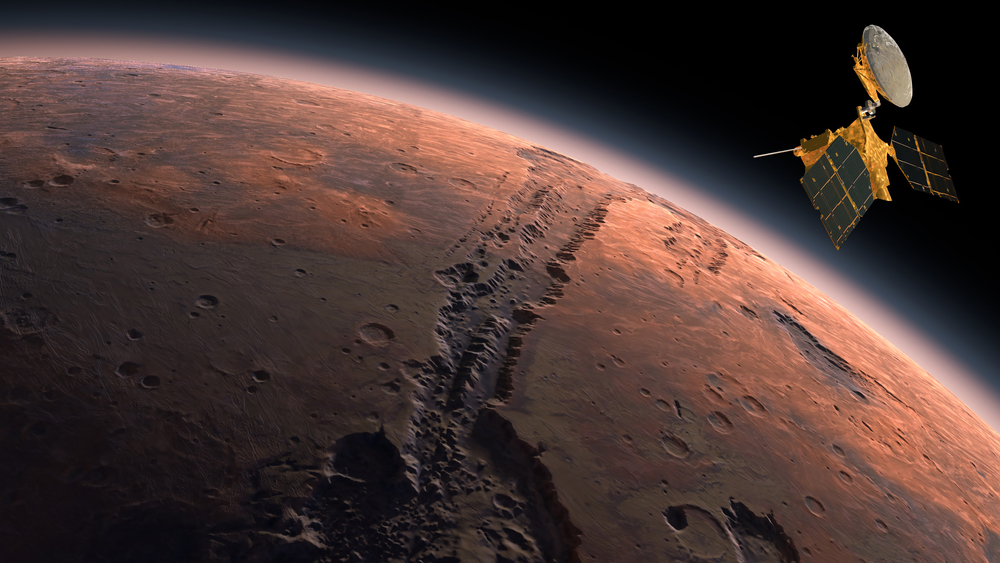
The Mars Reconnaissance Orbiter (MRO) reached 11,200 miles per hour (18,000 kilometers per hour) as it entered Mars’ orbit. MRO’s mission was to study the planet’s surface and atmosphere, revealing details about water flow and potential landing sites for future missions. Its high-speed arrival was crucial for ensuring its proper orbit around Mars. MRO has become a key asset in mapping and studying the Martian environment.
This article originally appeared in MyCarMakesNoise.
More from MyCarMakesNoise
25 Legendary American Luxury Cars That Stood the Test of Time
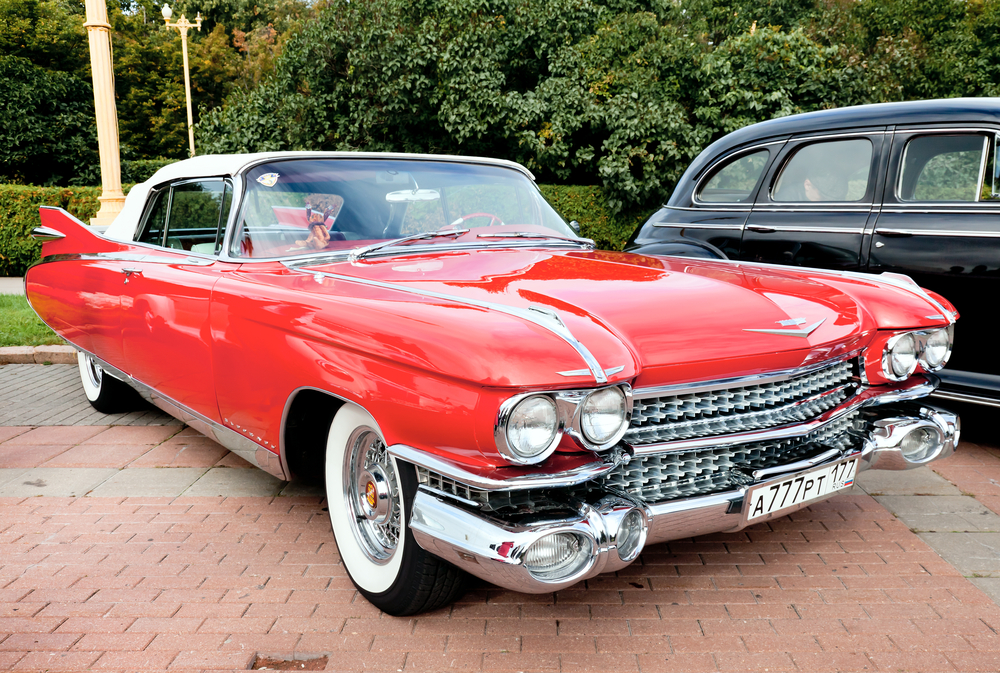
When it comes to luxury on the road, American car manufacturers have crafted some of the most iconic and opulent vehicles in automotive history. From classic designs to modern marvels, these cars combine performance, comfort, and style in a way that truly stands out. Read More.
13 Key Milestones in Human Spaceflight
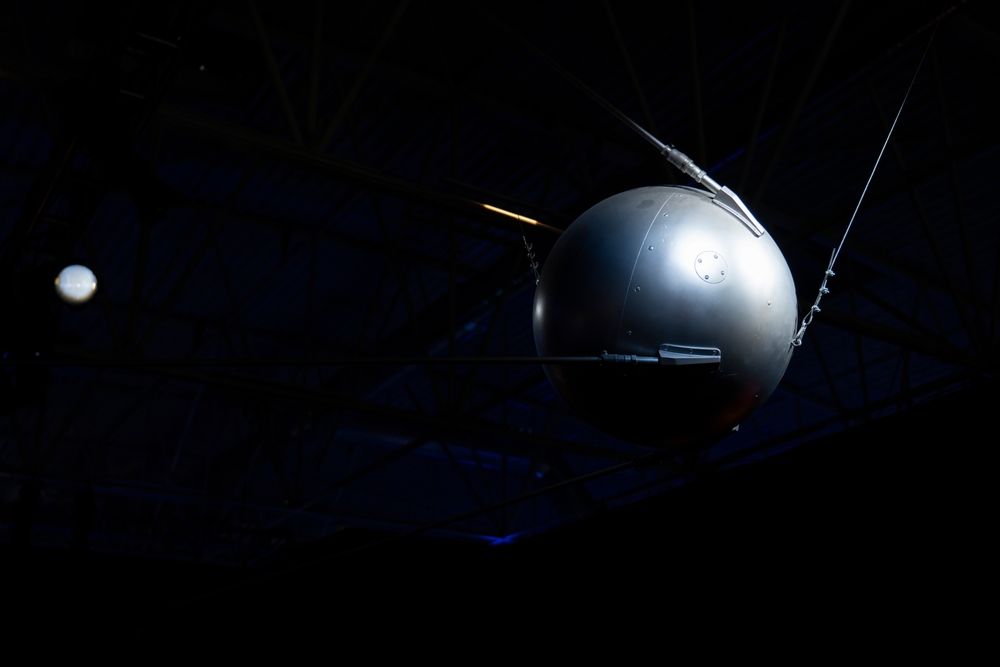
The journey of human spaceflight has been marked by remarkable achievements and groundbreaking milestones. From the early days of launching the first satellite to the ambitious missions aiming for Mars, each step has pushed the boundaries of what we thought possible. Read More.
The 20 Fastest Classic GM Muscle Cars of All Time
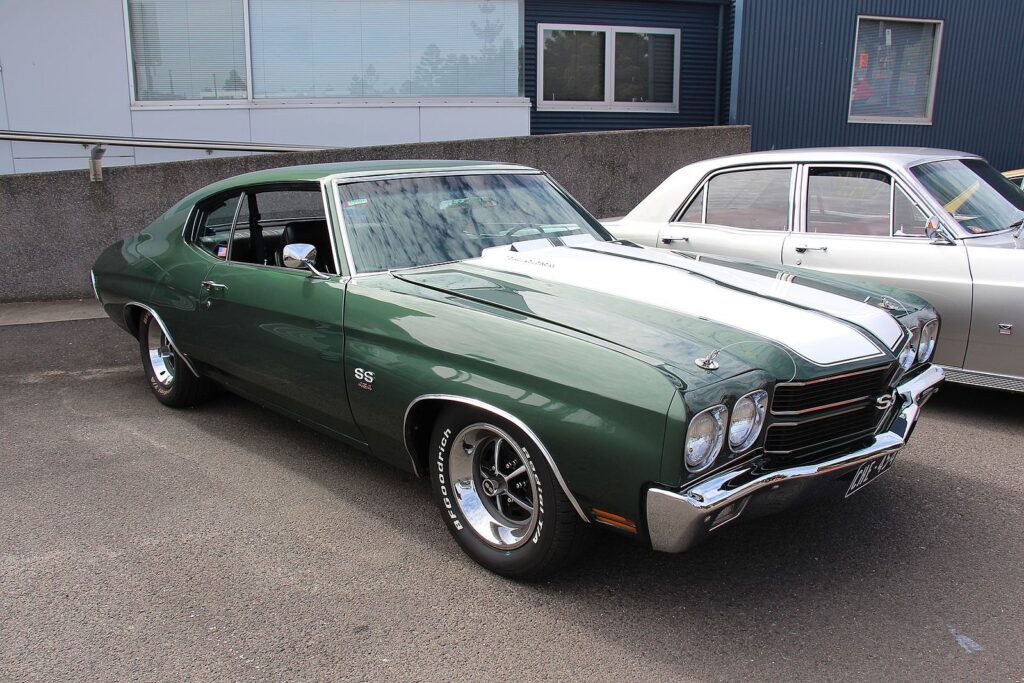
When it comes to classic muscle cars, GM has a rich history of producing some of the fastest and most iconic machines on the road. These cars were built for speed and power, capturing the hearts of enthusiasts and collectors alike. Read More.

